Why You Need End-to-End Data Lineage
erwin
SEPTEMBER 10, 2020
Not Documenting End-to-End Data Lineage Is Risky Busines – Understanding your data’s origins is key to successful data governance. Not everyone understands what end-to-end data lineage is or why it is important. Who are the data owners? Five Consequences of Ignoring Data Lineage.

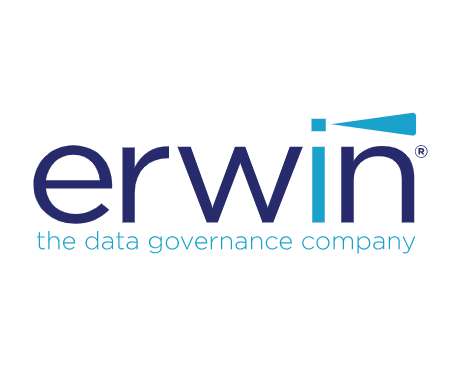

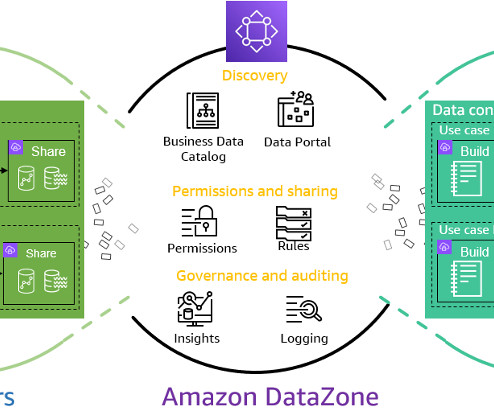
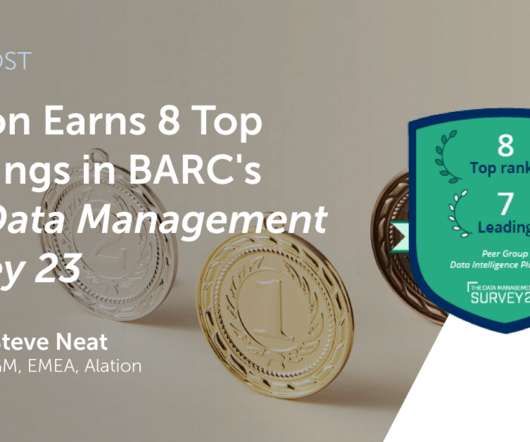
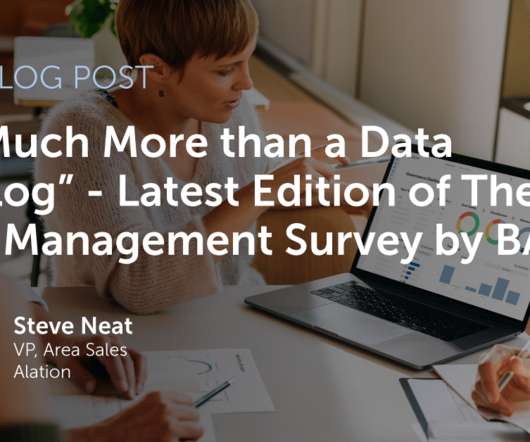
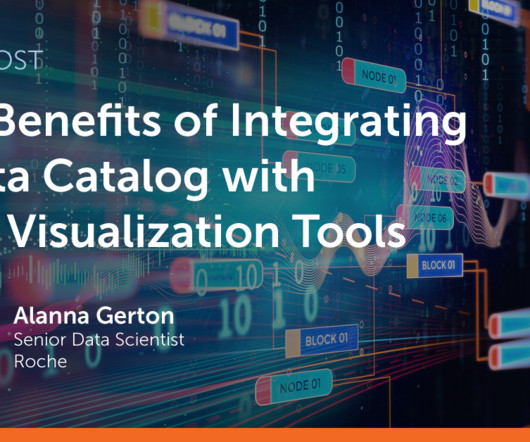











Let's personalize your content